These are the flowers I picked from my garden that look beautiful today.
All except one of these flowers are species native to our Chesapeake region or are cultivars from natives. Being ‘native’ means these plant species co-evolved in this region to thrive with the geology, soils, climate and wildlife. While I am picking these flowers I notice bees, butterflies, moths and other pollinators feeding on the plants’ nectar and pollen and eating their leaves.
Click for links:
Blazing Star or Gayfeather
Liatris spicata
Liatris spicata
Plant Liatris for its vertical emphasis and the accent of the purple starburst flower stems. Liatristhrives in sun or part-shade and is very drought tolerant once established. The flowers attract many beneficial insects and a range of pollinators including hummingbirds. The seedheads feed our songbirds.
Summer or Garden Phlox
Phlox paniculata
Phlox paniculata
Phloxes likes a moist site and can tolerate sun or part-shade, and is one of the few plants that will grow under black walnuts. Phlox has a long flowering season from mid-July to September, and the aromatic scent is more noticeable in the evenings. The pink or white flowers spotlight a shady area in the garden. The white flowers are visible at night, and the phlox is pollinated by night-flying moths in addition to day-time butterflies, other insects and hummingbirds. Phlox is very prone to mildew on the leaves and there are many cultivars that have been bred for different colors and characteristics such as mildew resistance. I enjoy Phlox both in the garden and in the vase.
Buttonbush
Cephalanthus occidentalis
Cephalanthus occidentalis
The creamy-white spherical flowers of buttonbush are adapted to optimize their surface area for pollinators: and this is a wonderful bush to attract pollinators to your garden: bees, moths, flies, and hummingbirds. The flower scent is a light-honey, and I like the glossy leaves and arching branches. Buttonbush grows as a native alongside the Potomac River. If you hike to Great Falls on the Maryland side, you will see Buttonbushes growing between the rocks and cascades. You can also see a tree-form of the Buttonbush at Arlington’s Long Branch Nature Center. Buttonbush is a great choice for a moist site in your yard or a raingarden where there is space. With ideal conditions it can grow into a small tree (6-12+ feet high). Buttonbush can tolerate drought and also occasional flooding. In my yard I planted the buttonbush in the sun so it flowers profusely, and where it gets occasionally flooded by rain from a downspout. I enjoy watching butterflies, bees, flies and other insects feed on nectar and pollen.
See the Fairfax Island Creekes School website for more details of the ecology of Buttonbush.
See the Fairfax Island Creekes School website for more details of the ecology of Buttonbush.
I notice that this Brown-Eyed Susan, Rudbeckia triloba, plant prefers damper and a more shady locations than the extreme heat and drought tolerant Black-Eyed Susan (see below). The small flowers of Rudbeckia triloba and tall branching habit are pretty in the garden where it self-sows freely. Rudbeckia triloba mingles well with other Rudbeckia: Black-Eyed Susan, Rudbeckia fulgida andRudbeckia hirta.
This is the yellow and black flower you see “everywhere” in the DC metro area landscape in the summer. There are many cultivars of the native species. The cultivar shown here is Rudbeckia fulgida ‘Goldsturm. Rudbeckia fulgidais very tolerant of sun, heat, humidity and disliked by deer. So it is adapted well to our urban street conditions such as sunny roundabouts, medians – and yards. You might be lucky to see Black-Eyed Susan on a hike in a open-forest or meadow too
Anise Hyssop
Agastache foeniculum
Agastache foeniculum
Anise Hyssop is drought, deer tolerant and from the mint family (the plant has a square-stem). The fragrant leaves are easy to pick and make one of my favorite flavorful herbal teas. Flowers are very attractive to bees and hummingbirds too. It spreads freely by self-sowing. You may have seedlings to give to plant sales and neighbors!
This flower’s Latin name Echinacea comes from the Greek word for hedgehog, and the cone-like seedhead and flower center may remind you of a prickly hedgehog! Purple Coneflower, Echinacea purpurea, is non-native to the Chesapeake region, and is native to the southeastern United States: moist prairies, meadows and open woods.
Purple Coneflower – Echinacea pupurea
The plant is very tolerant of drought, heat and humidity and poor soil; and grows very well in our urban environment. Have you tried Echinacea medications to help get over a cold? Echinacea is one of the most popular herbal remedies in North America, and you could see if it works for you. Here’s some research from the University of Maryland Medical Center about Echinacea and whether or not the plant is an effective medication. If you leave the seedheads on the plant after they flower you will find goldfinches feeding on the seeds all winter long.
Mary Van Dyke is the Community Leader Program Coordinator for the Plant NoVA Natives campaign with the goal of encouraging Northern Virginia residents to plant more of our region’s native plants.
For June Flowers see The Language of Flowers.
Look out for next month’s TMI Living blog on flowers to pick in Northern Virginia in August.
Contributor: Mary Van Dyke
Reposted from the TMI Living - It's a Lifestyle blog, July 22, 2014
Look out for next month’s TMI Living blog on flowers to pick in Northern Virginia in August.
Contributor: Mary Van Dyke
Reposted from the TMI Living - It's a Lifestyle blog, July 22, 2014

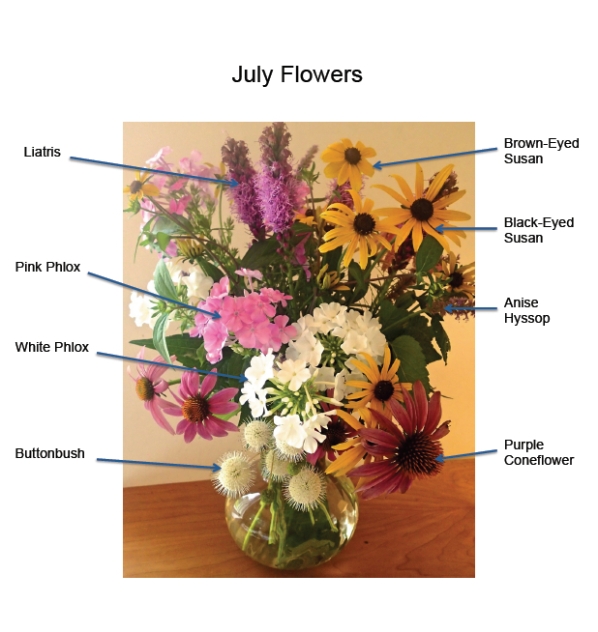
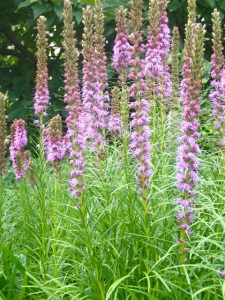
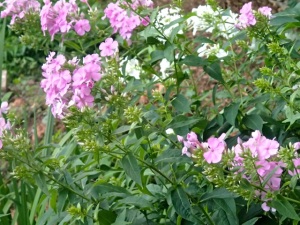
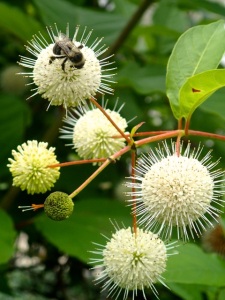
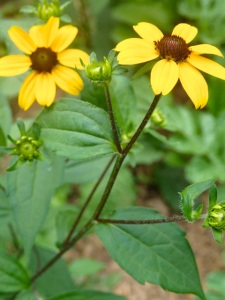
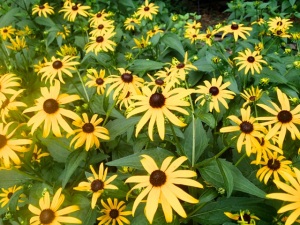
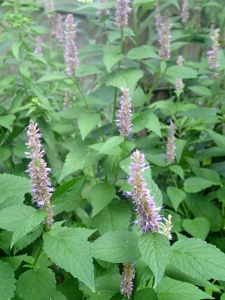
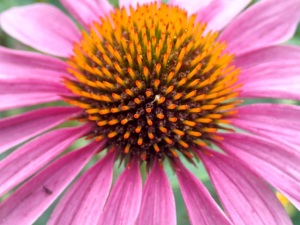
No comments:
Post a Comment